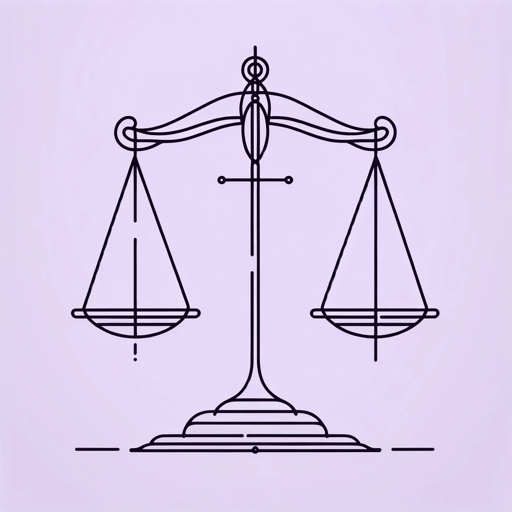61 pages • 2 hours read
Daniel Kahneman, Olivier Sibony, Cass R. SunsteinNoise: A Flaw in Human Judgment
Nonfiction | Book | Adult | Published in 2021A modern alternative to SparkNotes and CliffsNotes, SuperSummary offers high-quality Study Guides with detailed chapter summaries and analysis of major themes, characters, and more.
Part 4Chapter Summaries & Analyses
Part 4: “How Noise Happens”
Part 4, Foreword Summary
This section examines the psychology of noise. It draws upon Daniel Kahneman’s findings about fast and slow thinking in his 2011 book Thinking, Fast and Slow. The authors argue that fast, intuitive System 1 thinking is behind multiple judgment errors. The section also looks at “why noise, despite its ubiquity” is “rarely considered an important problem” (187).
Part 4, Chapter 13 Summary: “Heuristics, Biases, and Noise”
This chapter draws upon the research for Thinking, Fast and Slow, which analyzed the benefits and pitfalls of intuitive thinking. This so-called “System 1” thinking relies extensively on heuristics, which are simplified forms of problem-solving that use short cuts. While System 1 thinking can be efficient in some circumstances, in more complex situations it can lead to judgment errors. Such psychological biases create system noise which leads to error.
Researchers define psychological biases by “observing that a factor that should not affect judgment does have a statistical effect on it, or that a factor that should affect judgment does not” (190). All psychological biases contribute to statistical bias and noise.
One reason for psychological bias is that people confuse similarity with probability and often use heuristics to answer complex questions about predicting future outcomes by replacing them with a simpler related question.

